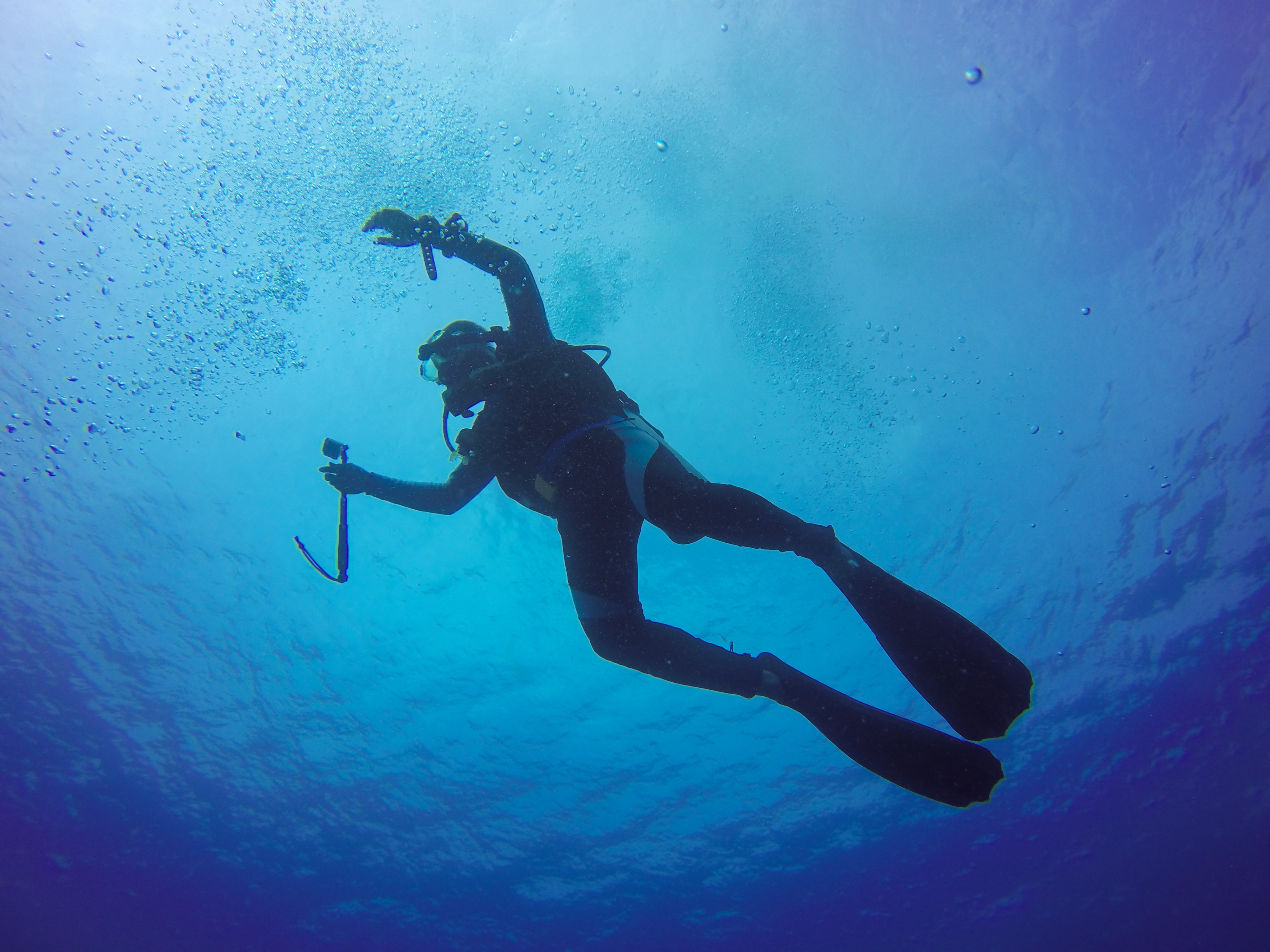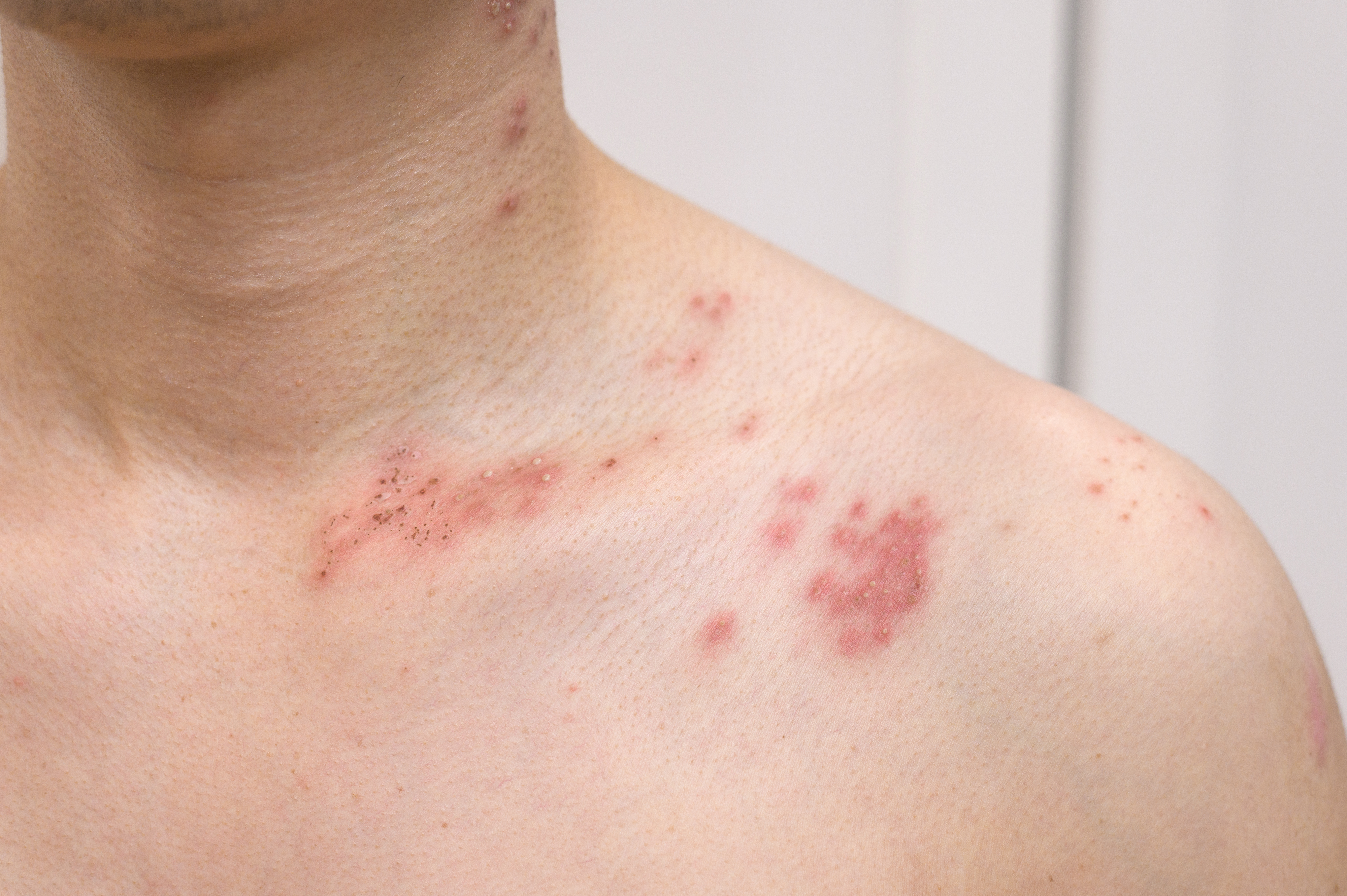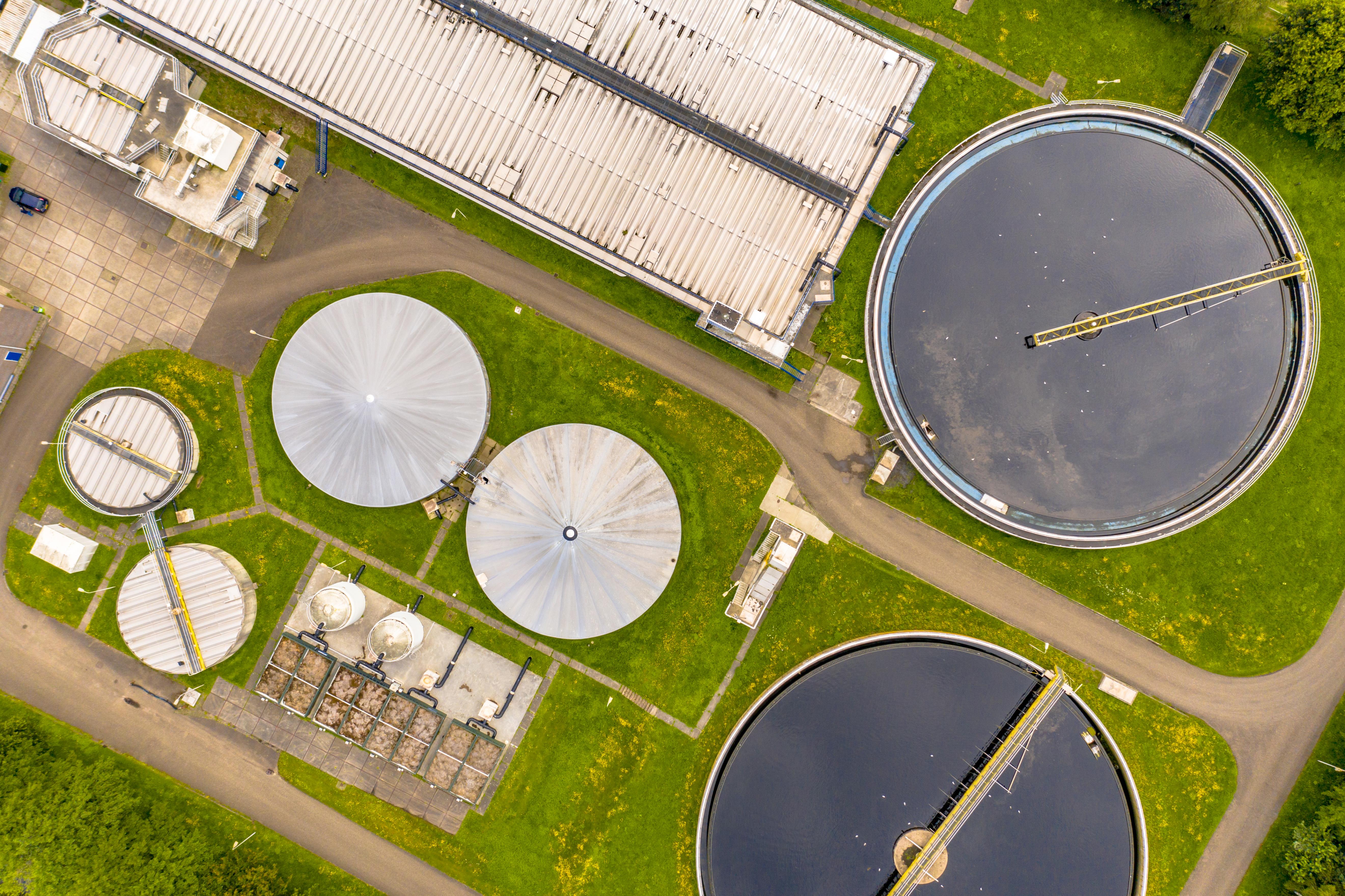11 Hidden Germs Lurking in Summer Waters You Should Be Aware Of
As the sun shines brightly and temperatures rise, countless individuals flock to lakes, rivers, and oceans to enjoy the refreshing embrace of summer waters. However, beneath the inviting ripples lies an unseen world teeming with microscopic dangers. These lurking germs, often overlooked, can pose significant health risks to those who swim, wade, or play in these waters. Understanding the nature of these germs and their potential effects is crucial for ensuring a safe and enjoyable summer experience. This article delves into the top 11 germs that inhabit summer waters, offering insights into their characteristics, transmission methods, and preventive measures. By exploring these microbial threats, we aim to equip readers with the knowledge needed to safeguard themselves and their loved ones during aquatic adventures.
1. Cryptosporidium: The Resilient Parasite

Cryptosporidium, often referred to simply as "Crypto," is a protozoan parasite that thrives in various water bodies, including pools and lakes. Its resilience stems from its robust outer shell, which allows it to survive for long periods in harsh environments, including chlorinated swimming pools. Once ingested, Crypto can cause cryptosporidiosis, a gastrointestinal illness characterized by diarrhea, stomach cramps, and nausea. The parasite is particularly concerning because it can spread rapidly in communal water settings, especially when hygiene practices are inadequate. To combat Crypto, it's essential to maintain proper pool sanitation and encourage swimmers to practice good hygiene, such as showering before entering the water and avoiding swimming when ill.
2. E. coli: The Fecal Indicator

Escherichia coli, commonly known as E. coli, is a bacterium that serves as an indicator of fecal contamination in water. While most strains are harmless, certain types, such as E. coli O157:H7, can cause severe illness, including bloody diarrhea and kidney failure. E. coli typically enters water bodies through fecal matter from humans or animals, making it a prevalent concern in areas with poor sanitation or agricultural runoff. To reduce the risk of E. coli infection, it's crucial to monitor water quality regularly and implement measures to prevent contamination, such as managing waste disposal and controlling agricultural practices near water sources.
3. Vibrio: The Salty Water Menace

Vibrio bacteria are naturally found in warm, salty waters, making them a common threat in coastal regions during the summer months. These bacteria can cause vibriosis, an illness that ranges from mild gastrointestinal symptoms to severe wound infections and even life-threatening conditions like septicemia. Vibrio infections often occur when individuals consume raw or undercooked seafood or when open wounds come into contact with contaminated water. To protect against Vibrio, people should avoid eating raw shellfish, especially oysters, and ensure any cuts or abrasions are covered when swimming in saltwater. Public health initiatives also play a vital role in educating communities about the risks associated with Vibrio.
4. Naegleria fowleri: The Brain-Eating Amoeba

Naegleria fowleri, often dubbed the "brain-eating amoeba," is a rare but deadly pathogen found in warm freshwater environments, such as lakes and hot springs. This amoeba enters the human body through the nose, typically during activities like diving or water skiing, and travels to the brain, causing primary amebic meningoencephalitis (PAM). PAM is almost always fatal, with symptoms resembling bacterial meningitis, including headache, fever, and neck stiffness. To minimize the risk of Naegleria infection, swimmers should avoid submerging their heads in warm freshwater and use nose clips when engaging in water activities. Public awareness and prompt medical intervention are crucial in managing this threat.
5. Giardia: The Waterborne Parasite

Giardia lamblia is a protozoan parasite responsible for giardiasis, a common waterborne illness that affects the gastrointestinal tract. This parasite is found in both recreational and drinking water sources, often entering through fecal contamination. Symptoms of giardiasis include diarrhea, abdominal cramps, and bloating, which can persist for several weeks if untreated. To prevent Giardia infection, it's essential to treat and filter drinking water and practice good hygiene, such as handwashing after using the restroom or handling animals. Public health campaigns can also help raise awareness about the importance of protecting water sources from contamination.
6. Cyanobacteria: The Toxic Algae

Cyanobacteria, commonly known as blue-green algae, are microscopic organisms that can form harmful algal blooms (HABs) in nutrient-rich waters. These blooms produce toxins that can harm humans, animals, and the environment. Exposure to cyanobacterial toxins can lead to skin rashes, respiratory issues, and gastrointestinal distress. In severe cases, they can cause liver damage and neurological symptoms. To mitigate the impact of cyanobacteria, it's crucial to monitor water bodies for signs of algal blooms and implement measures to reduce nutrient runoff from agriculture and wastewater. Public education campaigns can also inform communities about the risks associated with HABs and safe water practices.
7. Enterococcus: The Beach Water Indicator

Enterococcus bacteria are used as indicators of water quality at beaches and other recreational water sites. High levels of enterococci suggest fecal contamination, which can pose health risks to swimmers. These bacteria can cause various infections, including urinary tract infections, bacteremia, and endocarditis. To ensure safe beach conditions, regular water testing is essential, along with measures to prevent contamination, such as managing sewage systems and reducing stormwater runoff. Public health agencies often issue advisories or closures when enterococci levels exceed safe thresholds, helping to protect the public from potential health hazards.
8. Salmonella: The Food and Waterborne Pathogen

Salmonella is a bacterium commonly associated with foodborne illnesses, but it can also contaminate water sources, especially in areas with poor sanitation. Ingesting water or food contaminated with Salmonella can lead to salmonellosis, an illness characterized by diarrhea, fever, and abdominal cramps. To prevent Salmonella infections, it's vital to maintain clean water supplies and practice safe food handling, such as washing hands, cooking food thoroughly, and avoiding cross-contamination. Public health efforts should focus on improving sanitation infrastructure and educating communities about the importance of hygiene in preventing the spread of Salmonella.
9. Leptospira: The Hidden Water Hazard

Leptospira bacteria cause leptospirosis, a disease that affects both humans and animals. These bacteria thrive in warm, wet environments and can enter water bodies through the urine of infected animals. Humans can contract leptospirosis by coming into contact with contaminated water or soil, often during recreational activities like swimming or kayaking. Symptoms range from mild flu-like signs to severe illness, including liver damage and kidney failure. To reduce the risk of leptospirosis, individuals should avoid swimming in potentially contaminated waters and wear protective clothing when engaging in outdoor activities. Public health initiatives can also help control animal populations that contribute to Leptospira contamination.
10. Shigella: The Contagious Bacterium

Shigella is a bacterium that causes shigellosis, a highly contagious disease characterized by diarrhea, fever, and stomach cramps. It spreads easily in water environments, especially in places with inadequate sanitation. Shigella can survive in water for extended periods, making it a persistent threat in recreational water settings. To prevent the spread of Shigella, it's crucial to promote good hygiene practices, such as frequent handwashing and avoiding swimming when experiencing symptoms of illness. Public health strategies should focus on improving sanitation infrastructure and educating communities about the importance of personal and environmental hygiene in preventing Shigella transmission.
11. Pseudomonas aeruginosa: The Opportunistic Pathogen

Pseudomonas aeruginosa is a bacterium commonly found in water and soil. It is an opportunistic pathogen, meaning it primarily affects individuals with weakened immune systems. In water environments, Pseudomonas can cause skin rashes, ear infections, and respiratory issues. It thrives in warm, moist conditions, making poorly maintained hot tubs and swimming pools ideal breeding grounds. To minimize the risk of Pseudomonas infections, it's essential to maintain proper pool and spa sanitation, including regular cleaning and disinfection. Public health campaigns can also raise awareness about the importance of pool hygiene and the potential risks associated with Pseudomonas.
The unseen realm of germs in summer waters presents a complex web of challenges for public health and individual safety. From parasites like Cryptosporidium and Giardia to bacteria such as E. coli and Vibrio, these microorganisms pose varying degrees of risk to those seeking aquatic recreation. Understanding their nature, transmission, and prevention is essential for mitigating potential health threats. By implementing effective water quality monitoring, promoting good hygiene practices, and raising public awareness, we can enjoy the pleasures of summer waters while minimizing the risks posed by these lurking germs. As we dive into the depths of these microbial mysteries, let us emerge with the knowledge and vigilance needed to protect ourselves and our communities.
